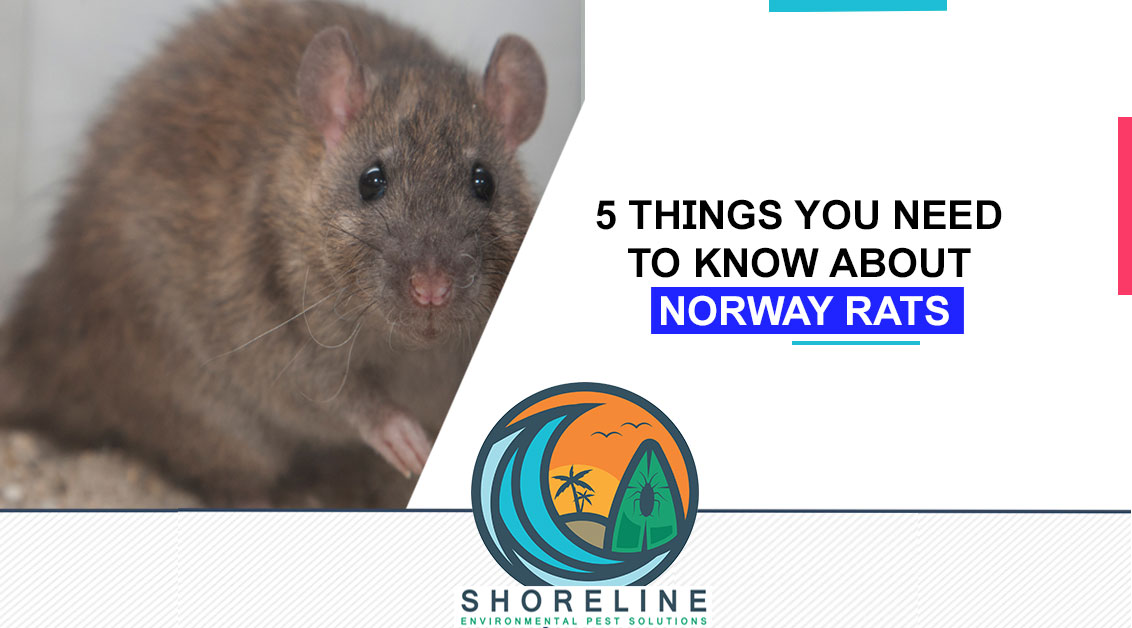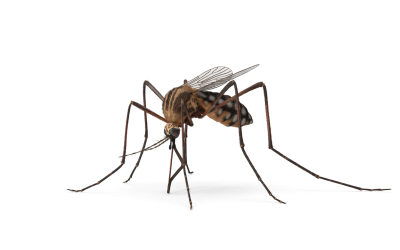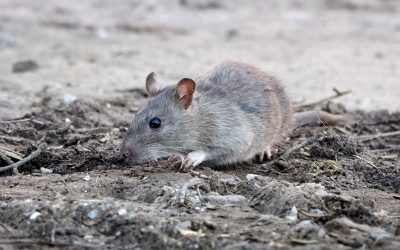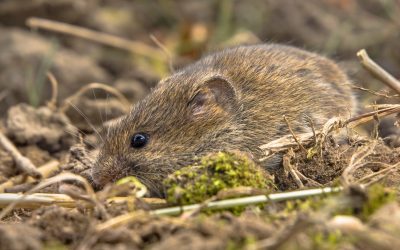Norway rats, also known as brown rats, sewer rats, or grey rats, are common rodents worldwide. They are indigenous to Scandinavia but can also be found in other parts of Europe, Asia, Africa, and North America. Norway rats are omnivorous and eat various foods but prefer sweet or starchy things. They are also good at climbing and can enter buildings through any opening. Norway rats are nocturnal and have a lifespan of around four years.
Norway rats are best known for their destructive habits, but they have several uncommon behaviors that make them worthy of being studied. Here are five of the most interesting Norway rat facts:
What does a Norway rat look like?
Norway rats can be black or grey, and their fur varies considerably by location, with some populations having grayish-brown coats and others being nearly completely white (almost like albino). Their nose, tail, and ears are bald, and their average length is 16 inches.
Norway rats are one of the few rodents that can swim well
For a small creature, Norway rats can hold their breath for more than two minutes underwater and safely run across the water’s surface. If food is needed quickly in an aquatic setting, these rodents may swim several miles to get it.
Norway rats are good climbers
Norway rats have long rodent-like toes that allow them to move up and down smooth vertical surfaces. They also have sharp claws, which make climbing easier than it might seem at first glance; with adequate experience, a rat will be able to climb any surface with ease — including glass in cement window seals or pipes.
Their problem-solving skills enable them to climb most materials well enough to travel vertically using only two paws. They usually do not need more than a toehold of climber’s tape or narrow strips of cloth — several layers are an advantage. Still, they may be avoided in favorable conditions for speed climbing versus saving energy used for adhesion.
They have a very high tolerance for cold weather
Although Norway rats do not hibernate, their high metabolism allows them to survive freezing temperatures for up to a week without significantly affecting the rat’s body temperature. During these periods, Norwegian rats experience decreased metabolic activity due to slow breathing and low oxygen deliveries brought on by icy conditions.
They can survive in various environments and climates, including deserts and polar regions
Norway rats are so adapted to living in extreme climates that they have a highly developed sense of smell and hearing. Their bare skin will blacken from sun exposure; however, Norway rats can survive these conditions because of the humidity of evaporated moisture on their coats (such evaporation is standard in arid regions).
Many other animals injure themselves frantically, trying to escape environments too hot or cold for protected survival; Norway rats can tolerate these extreme heat or cold conditions with minimal effort. They can comfortably exist in areas where the temperature at any given time never rises above −25°C (−13°F).
Norway rats have high fertility potential
Norway rats can breed throughout the year in suitable habitats. Female Norway Rats typically have a litter at around six (6) weeks of age. The gestation period is approximately 22 to 24 days, and pregnancy spans 8–5 months per birth, not making it long-term resilient but having high fertility potential—the litter of Norway rats averages around eight pups.
If you live in a building or property with a history of Norway rat infestation, you know how destructive they can be. Fortunately, they are not invincible, and there are measures that you can take to protect yourself and your loved ones. Contact us if you suspect an infestation, and we’ll be happy to help!





0 Comments